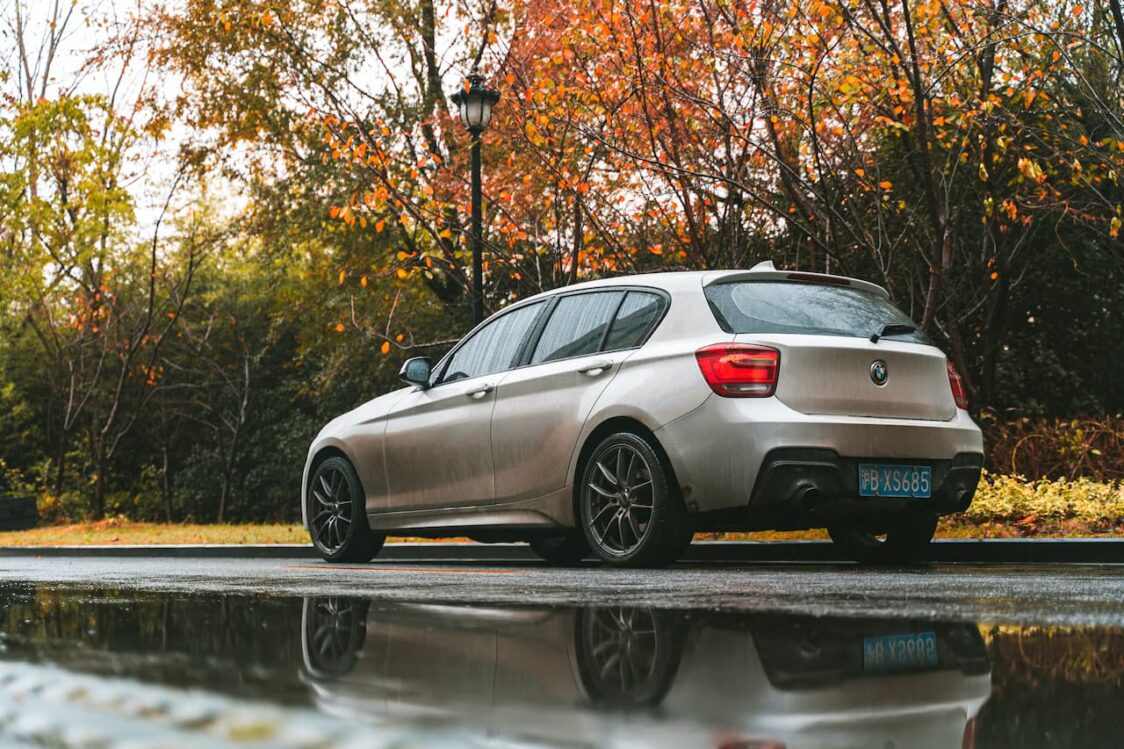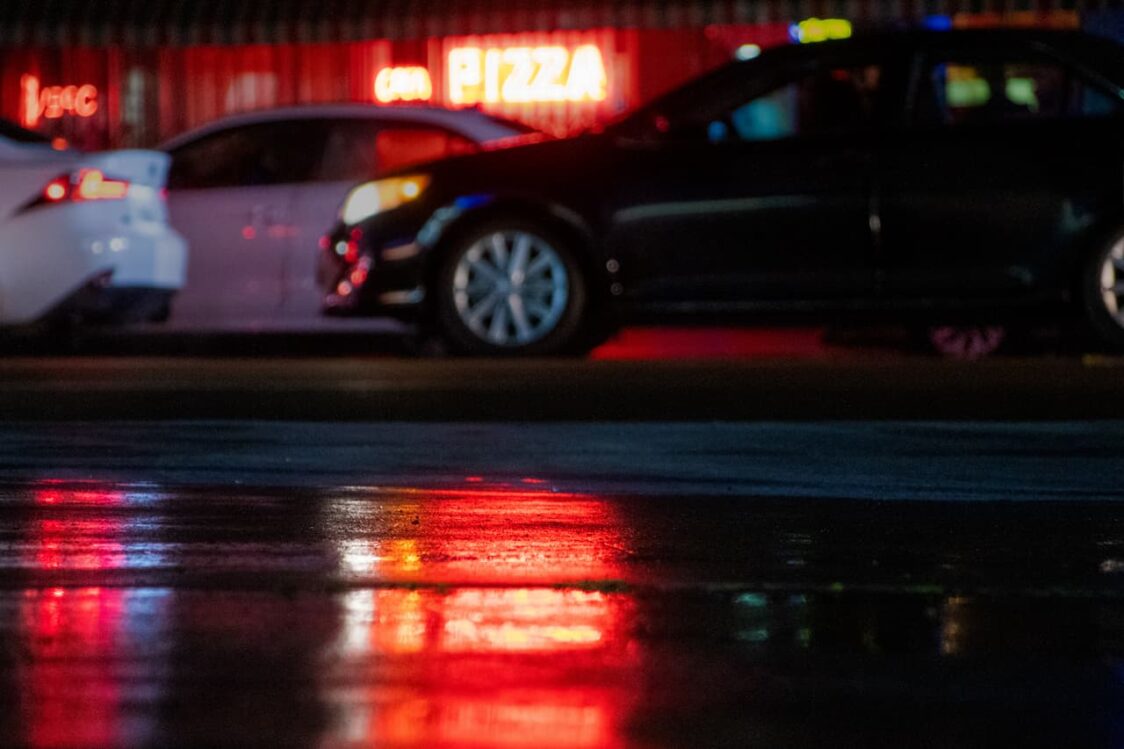Cold snap and rain. Safe driving tips
The dry summer season creates ideal conditions for the tire to work. The high temperature helps to achieve optimal grip, and the modest rainfall does not create problems with aquaplaning. However, in the fall, days are getting shorter and nights are colder. It is important not to miss the moment when seemingly minor changes in the weather will lead to a noticeable deterioration in the performance of the car.

First of all, this concerns temperature.
Summer tires are made from a tough rubber compound to prevent excessive wear in extreme heat. The flip side of the coin is that the tire hardens at lower temperatures. As a result of which the level of grip is noticeably reduced. Such a difference in behavior can be especially dangerous at the beginning of autumn. It is still warm during the day, and after sunset the temperature drops rapidly. Starting from mid-September at night, summer tires no longer provide the usual level of grip: the critical temperature is 7-8 degrees, after which you should be especially careful. First of all, this applies to drivers traveling long distances. They need to be prepared for lengthening the stopping distance and impairing maneuvering ability.
In addition, when driving on the road after a cold snap, it is recommended to check the tire pressure. Since the pressure of gases, including air, depends on temperature. The tire may be under-inflated, which in the best case will result in increased fuel consumption.

An equally important factor affecting road conditions is autumn rains.
Despite climate change and less rainfall, any rain in autumn can be dangerous: summer tires lose grip on a cold road, especially if the asphalt is covered with a water film. If you happen to get caught in heavy rain, you need to remember about the dangers of aquaplaning, especially when driving on uneven roads and in rut. If there is more water in the contact patch than the tire is able to drain through the tread grooves. The car will drive on the thinnest layer of water film between the tread and the asphalt. This is an extremely dangerous scenario, fraught with loss of control. The car slides by inertia with minimal friction between the wheels and the road surface.
Any tires are subject to aquaplaning
It is important to understand that any tires are subject to aquaplaning – at a certain moment, a critical speed is reached, when the incoming volume of water exceeds the ability to remove them from the contact patch. On fresh quality tires with sufficient tread height, this threshold will be reached much later. Tests show that with worn tires (with a tread depth of less than 1.6 mm and a water level on the road of about 5 mm), aquaplaning occurs when driving on a curve at a speed of 76 km / h, while for new tires the aquaplaning speed is 96 km / h.
The less tread remaining, the less water is diverted into the sipes and grooves. Even very high quality tires will not cope with the resistance to aquaplaning. Experts recommend exercising caution on tires with a tread residue of less than 4 millimeters. But even on new tires, the speed should be slower than usual when it rains. How much – the behavior of the car will tell you: it should not prowl on a straight line and, moreover, slide off the trajectory in turns.




